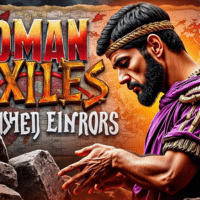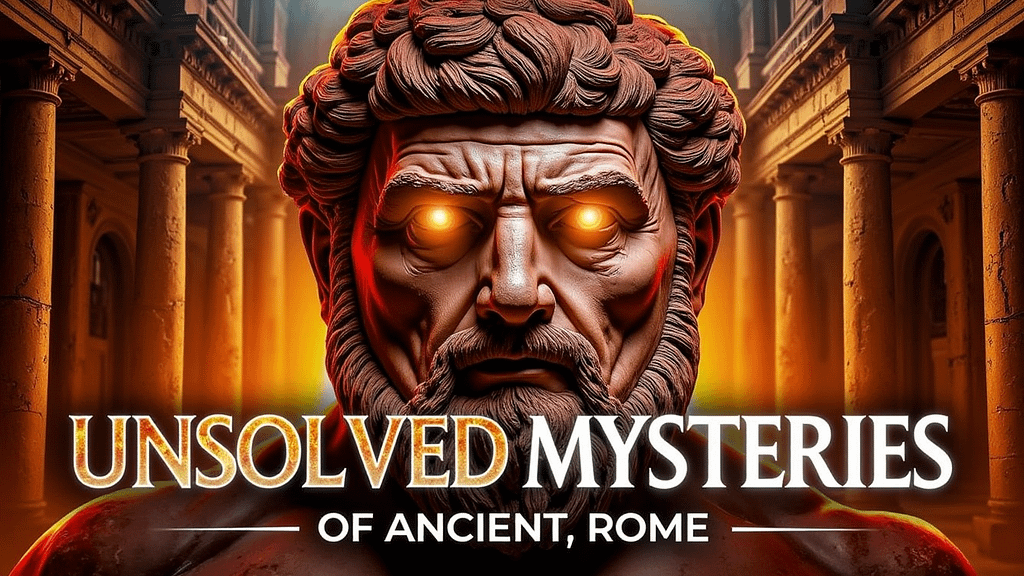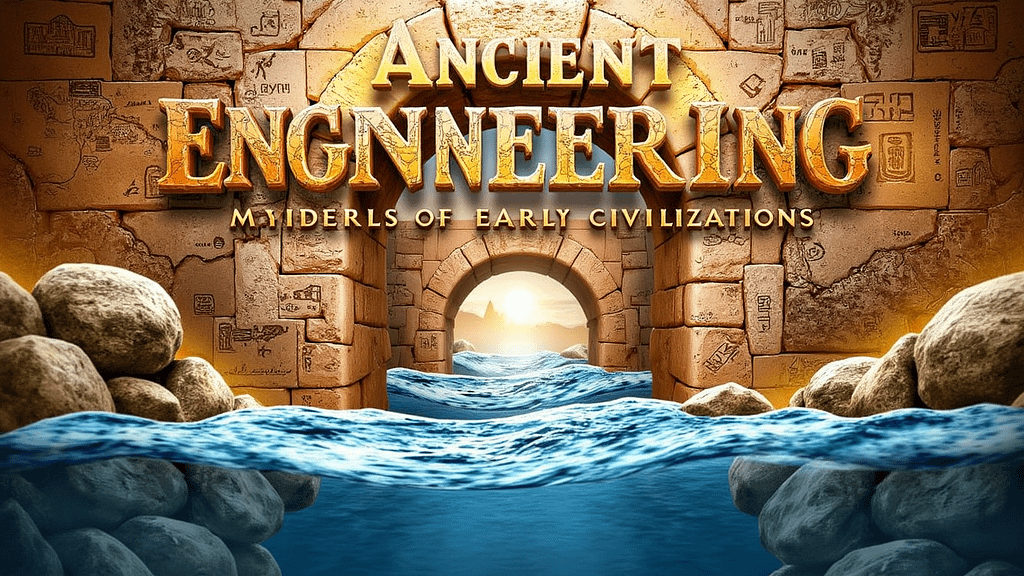Introduction
The ancient world is rich with stories of knowledge, wisdom, and learning—none more so than the magnificent civilisation of Ancient Egypt. The Egyptians are renowned for their monumental architecture, complex religious beliefs, and profound mathematics, astronomy, and medicine contributions. However, one of the most intriguing and least understood aspects of Ancient Egypt’s intellectual legacy is its vast stores of written knowledge, much of which has been lost to history. Among the most elusive and mysterious treasures of this lost knowledge are the libraries of Ancient Egypt—places of learning, preservation, and dissemination of texts integral to Egyptian society. But what exactly did these libraries contain? What knowledge did we lose when they were destroyed? And why is their existence still shrouded in mystery?
This article aims to explore the significance of the lost libraries of Ancient Egypt, uncovering what we might have lost and the impact it had on the world’s intellectual history.
The Intellectual Landscape of Ancient Egypt
Before delving into the specific libraries that have been lost, it’s essential to understand the intellectual culture of Ancient Egypt. Unlike many other ancient civilisations, Egypt had a deep respect for knowledge and learning, much of which was associated with the priesthood and the scribal class. These individuals recorded the wisdom of the ages—from religious texts and hymns to scientific knowledge and legal codes.
Writing in Ancient Egypt was primarily done in hieroglyphs, but over time, more straightforward scripts like hieratic and demotic were developed for everyday use. These scripts were stored in various locations across Egypt to record a vast range of information, including literature, scientific texts, and religious writings. Preserving knowledge was crucial, especially considering religion’s central role in Egyptian life. Temples were not only places of worship but also hubs of learning and record-keeping, housing collections of sacred texts.
But it wasn’t only priests and scribes who contributed to the creation of these texts. Scholars, astronomers, mathematicians, doctors, and poets all left behind records of their expertise, knowledge, and creativity. These texts were compiled, categorised, and stored in libraries, many of which were undoubtedly destroyed, lost, or forgotten over the centuries.
The Great Library of Alexandria: A Symbol of Lost Knowledge
Although the Library of Alexandria is one of the most famous libraries of the ancient world, it was not the only library in Egypt. The Library of Alexandria, founded in the 3rd century BCE during the reign of Ptolemy II Philadelphus, became the most excellent knowledge repository in the ancient Mediterranean world. It housed hundreds of thousands of scrolls on topics ranging from mathematics and astronomy to philosophy and medicine.
However, the Library of Alexandria was not Egypt’s first or only significant learning centre. The library’s eventual destruction in the 1st century BCE, coupled with various other incidents of book burning and looting, led to the loss of an unfathomable wealth of knowledge. What makes the story of the Library of Alexandria even more tragic is that many of its texts were copied from earlier Egyptian sources—sources whose originals were likely lost long before the Library’s existence.
While the Library of Alexandria might be the most well-known example of Egypt’s lost libraries, we know little about other centres of learning and storage. These smaller, lesser-known libraries were crucial to Egypt’s intellectual tradition, yet they have faded from memory.
The Temple Libraries of Ancient Egypt
The most significant repositories of knowledge in ancient Egypt were likely the temples themselves. Temples were not just places of worship but also centres of scholarship, science, and intellectual activity. Within their walls, scribes meticulously recorded and preserved knowledge for future generations. These temple libraries housed texts on mathematics, astronomy, medicine, and religion—all fields in which the Egyptians were pioneers.
The Temple of Karnak, the largest religious complex in Egypt, may have had an extensive collection of written materials. The priests at Karnak were known to have studied the stars, tracked the movements of the planets, and calculated the calendar, all of which required written records and sophisticated mathematical knowledge. Similarly, the Temple of Luxor and Heliopolis may have also contained essential libraries. However, much of their understanding was oral, passed down through generations of priests and scribes.
Unfortunately, most of the texts from these temple libraries have been lost to time. As temples fell into ruin, were repurposed by later rulers, or were destroyed in invasions, many of the scrolls and codices they contained were lost or destroyed. Some writings that may have survived in these libraries could have significantly expanded our understanding of Egyptian scientific achievements and religious practices had they not been wiped out by time, fire, and conquest.
The Loss of Ancient Egyptian Scientific Knowledge
One of the most significant losses caused by the destruction of Egyptian libraries was the scientific knowledge that the Egyptians had accumulated over millennia. Ancient Egyptian contributions to astronomy, mathematics, and medicine were far ahead of their time. The Egyptians were skilled in geometry and engineering, as demonstrated by the construction of the pyramids, and their astronomical knowledge enabled them to track the stars, calculate the solar year, and predict eclipses.
Yet, much of this scientific knowledge was likely stored in written form in libraries that have not survived. The Ebers Papyrus, for example, is one of the few surviving medical texts from ancient Egypt. Still, it only scratches the surface of what was likely contained in the existing medical and scientific libraries. This lost knowledge could have shaped the development of later scientific traditions, particularly in the Hellenistic world, where Egyptian learning was integrated into the works of scholars such as Euclid and Hipparchus.
Moreover, the Egyptians were pioneers in engineering and architecture, knowledge that was crucial for their grand building projects. The techniques used to build the pyramids, temples, and other monumental structures could have been preserved in written records that were lost over time, depriving the world of a deeper understanding of the ancient techniques that allowed such feats to be accomplished.
The Role of Women in the Preservation of Knowledge
While men dominated most of the ancient Egyptian intellectual world, there is evidence that women played a role in preserving and transmitting knowledge. Female scribes and priestesses likely contributed to creating religious texts, scientific records, and medical writings. Peseshet, an ancient Egyptian woman, is known to have been a chief physician during the Old Kingdom, and her name appears on records preserved in tombs. Female priests, too, would have been involved in the intellectual work in temple libraries.
However, due to Egyptian society’s patriarchal nature, many women’s contributions to the preservation of knowledge have been overlooked, and their roles in the ancient intellectual world are not as well documented as those of their male counterparts.
What Did We Lose?
So, what exactly did we lose when the libraries of Ancient Egypt were destroyed? The loss of Egyptian libraries represents the erasure of an entire intellectual tradition containing vast knowledge about science, mathematics, astronomy, medicine, and religion. The destruction of the libraries also meant the loss of countless texts that could have illuminated our understanding of ancient Egyptian culture and daily life.
Some scholars argue that the burning of libraries and the destruction of written records may have resulted in cultural amnesia, severing the links between later civilisations and the intellectual achievements of Ancient Egypt. Had these libraries survived, the development of Greek philosophy, Roman law, or Islamic scholarship might have been enriched by the more profound Egyptian scientific, religious, and philosophical knowledge that has since been lost.
Conclusion
The libraries of Ancient Egypt remain one of the great mysteries of the ancient world. Despite the immense achievements of Egyptian civilisation, much of their written legacy has been lost to time, conflict, and neglect. While we still possess fragments of this lost knowledge through surviving texts like the Pyramid Texts, the Coffin Texts, and the Ebers Papyrus, these only provide a glimpse of the vast body of knowledge that once existed.
The destruction of Egypt’s libraries represents the loss of written records and the erasure of a unique intellectual tradition that influenced the ancient world and continues to captivate modern scholars. In many ways, the lost libraries of Ancient Egypt symbolise the fragility of human knowledge—how easily it can be lost, how much we take for granted, and how little we truly know of the intellectual heritage that has shaped our world.
Sources
- Tyldesley, Joyce. Hatchepsut: The Female Pharaoh. Viking, 1996.
- Kamil, Jill. The Complete Temples of Ancient Egypt. Thames & Hudson, 2002.
- Parkinson, Richard. The Tomb and Beyond: Ancient Egyptian Funerary Culture. The British Museum Press, 2008.
- Granger-Taylor, Hugh. The Science of the Ancient Egyptians: A Comparison with the Present Day. Kegan Paul International, 1982.
- Casson, Lionel. Libraries in the Ancient World. Yale University Press, 2001.
- Robinson, Andrew. The Man Who Deciphered Egyptian Hieroglyphs: The Story of Jean-François Champollion. St. Martin’s Press, 2006.






